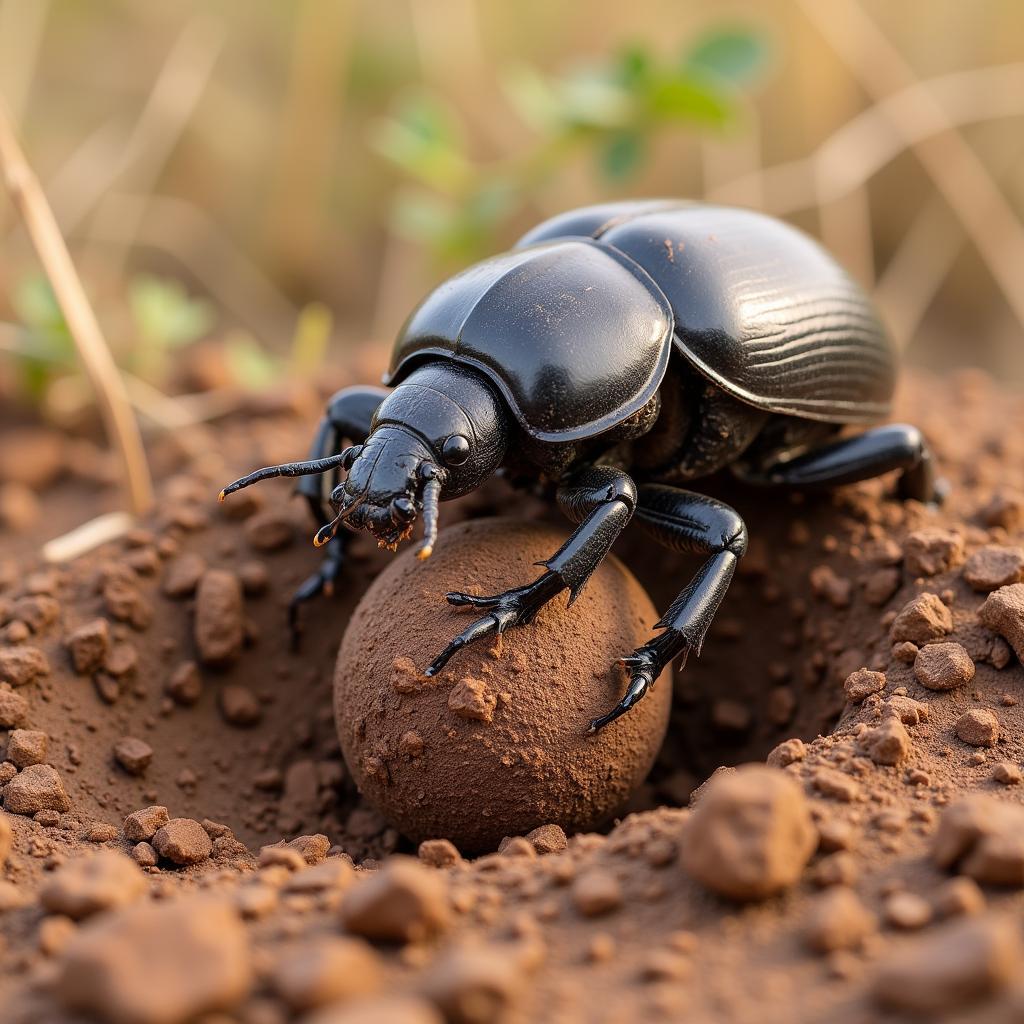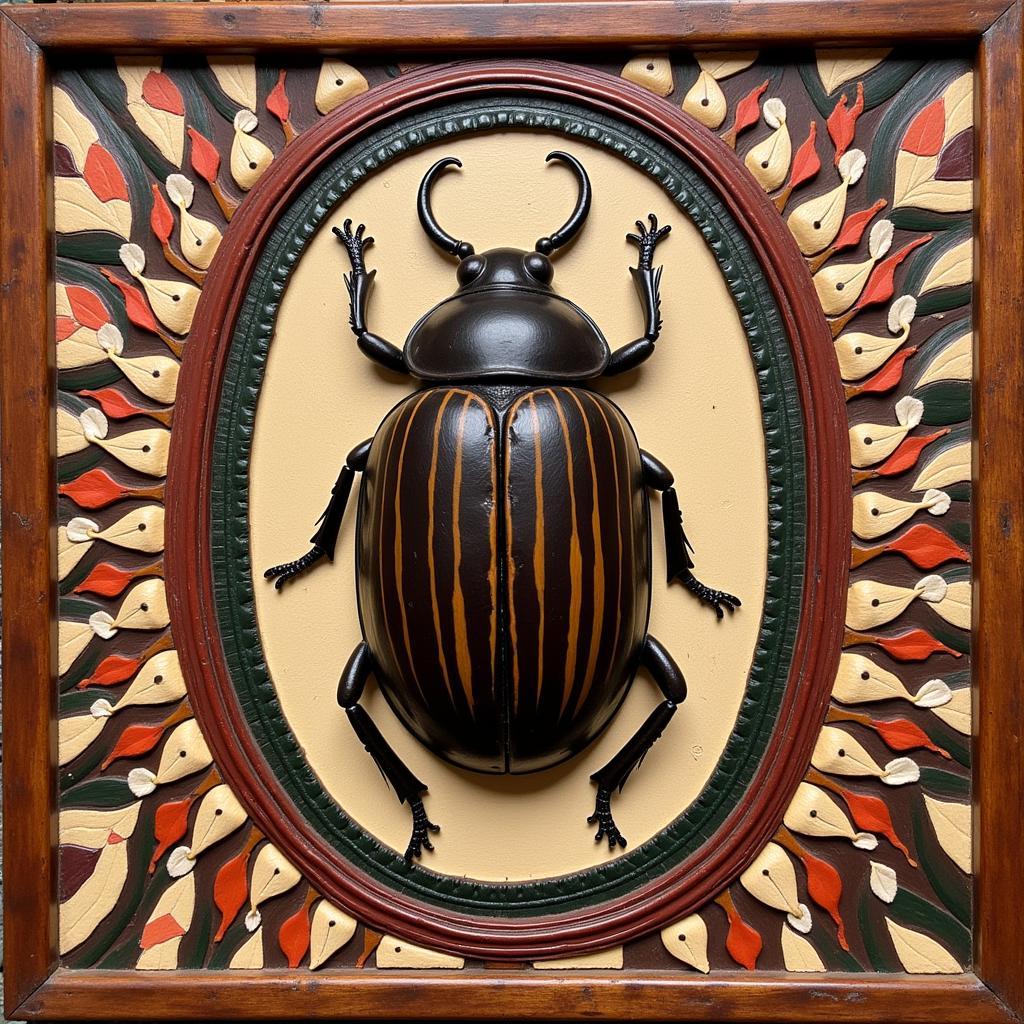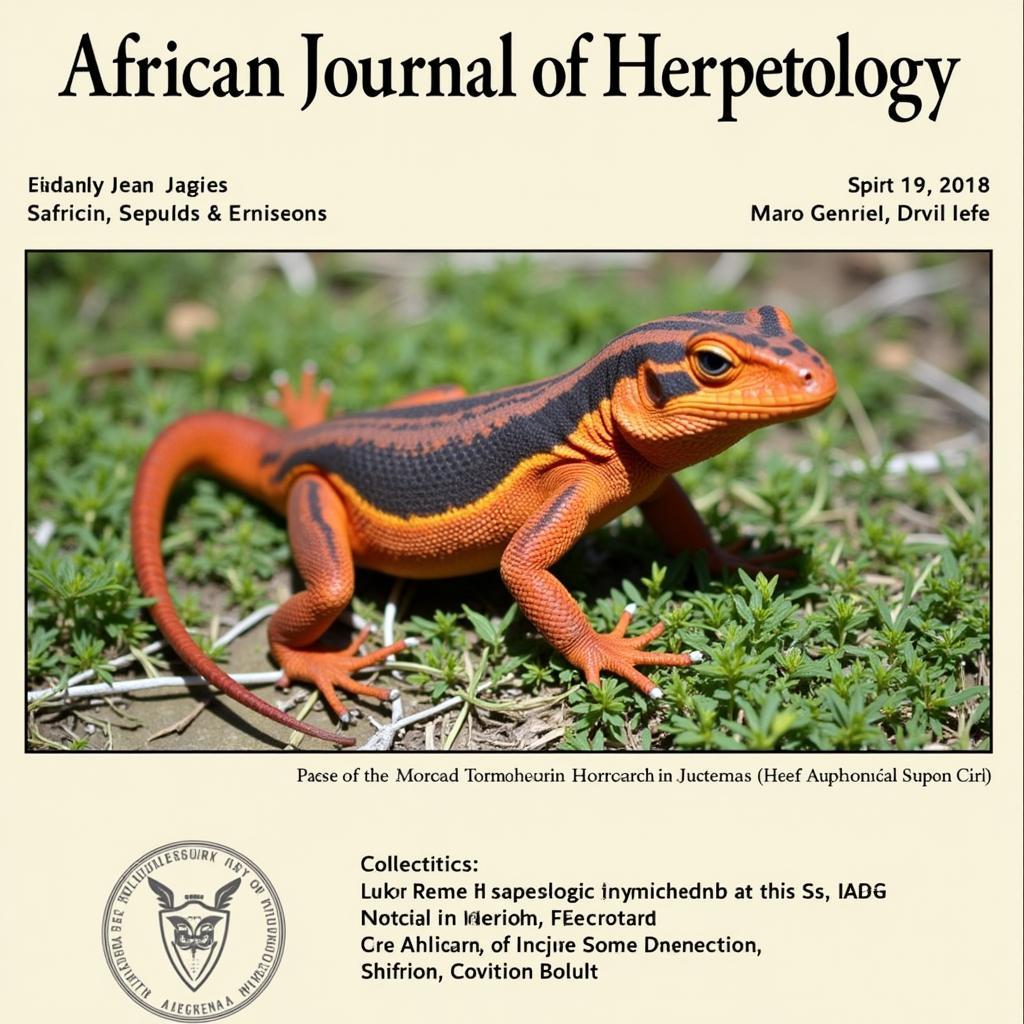The Fascinating World of the African Dung Beetle
The African Dung Beetle, a tiny creature with a Herculean task, plays a vital role in the African ecosystem. These industrious insects are far more than just scavengers; they are essential recyclers, soil aerators, and even seed dispersers, contributing significantly to the health and vitality of the African grasslands. african grassland facts
The Dung Beetle’s Ecological Importance
These often-overlooked insects contribute significantly to nutrient cycling and soil health. By burying dung, they improve soil fertility, reduce greenhouse gas emissions, and control parasites that can affect livestock and wildlife. Their actions also enhance water infiltration and reduce surface runoff. Imagine the African savanna without these diligent workers; the landscape would be drastically different. What would happen to all that dung?
 African Dung Beetle Burying Dung
African Dung Beetle Burying Dung
How Dung Beetles Benefit the Ecosystem
- Nutrient Recycling: Dung beetles break down organic matter, returning vital nutrients to the soil. This natural fertilization process enriches the soil, supporting the growth of diverse plant life.
- Soil Aeration: As they burrow, dung beetles create tunnels that improve soil structure, allowing for better water infiltration and aeration. This promotes root growth and overall soil health.
- Seed Dispersal: Some dung beetles also help disperse seeds found within the dung, contributing to the spread and diversity of plant species.
- Pest Control: By removing dung, they reduce breeding grounds for flies and other pests that can transmit diseases to both animals and humans.
The Diversity of African Dung Beetles
Africa boasts a remarkable diversity of dung beetles, each species with unique adaptations and behaviors. Some roll dung into perfect spheres, while others tunnel directly beneath dung pats. This variety reflects the diverse habitats and dung types found across the continent. Some are specialized for specific types of dung, showcasing the intricate relationships within the ecosystem. From the arid deserts to the lush rainforests, these adaptable insects thrive in a variety of environments.
Different Dung Beetle Behaviors
- Rollers: These beetles are famous for their ability to roll dung into neat balls, which they then bury or use as food or breeding chambers.
- Tunnelers: These beetles dig tunnels directly beneath the dung pat, pulling the dung down into their burrows.
- Dwellers: These beetles simply live within the dung pat itself.
Cultural Significance of the African Dung Beetle
The African dung beetle has also held cultural significance for various African communities. In some cultures, they are seen as symbols of renewal and transformation, reflecting their role in the cycle of life. Their tireless work ethic is often admired, and their image appears in traditional art and folklore.
Dr. Khadija Mwangi, a prominent entomologist specializing in African insects, notes, “The dung beetle is an unsung hero of the African savanna. Their importance to the ecosystem is often underestimated, but their role is crucial for maintaining the delicate balance of nature.”
african animals wiki The cultural significance of the dung beetle highlights its profound impact, beyond its ecological role.
 African Dung Beetle in Art
African Dung Beetle in Art
The African Dung Beetle and the Future
Understanding and protecting these vital insects is crucial for preserving African ecosystems. Continued research into their behavior and ecological roles is essential for developing sustainable land management practices. Threats such as habitat loss and pesticide use need to be addressed to ensure their survival.
Professor Adebayo Olaoye, a leading expert in African biodiversity, emphasizes, “Protecting the dung beetle is not just about conserving one species; it’s about safeguarding the entire ecosystem. Their presence is a vital indicator of a healthy environment.”
african dung beetel The continued research into this fascinating insect helps us understand the intricate web of life in Africa.
Conclusion
The African dung beetle, a seemingly insignificant creature, plays a vital role in maintaining the health and balance of the African ecosystem. From nutrient cycling to seed dispersal, their impact is far-reaching. Understanding and appreciating these industrious insects is crucial for protecting the biodiversity of this remarkable continent. The African dung beetle truly deserves our attention and protection. african black beetle family
FAQ
- What do African dung beetles eat? Primarily dung from herbivores.
- How big are African dung beetles? They vary in size, but can be up to a few inches long.
- Where do African dung beetles live? They are found throughout Africa, in diverse habitats.
- Are all dung beetles in Africa rollers? No, there are also tunnelers and dwellers.
- Why are dung beetles important? They are essential for nutrient cycling, soil aeration, and pest control.
- How do dung beetles navigate? Some species use the Milky Way to navigate.
- Are African dung beetles endangered? Some species are threatened by habitat loss and pesticide use.
More questions? Check out these related articles:
Need assistance? Contact us 24/7:
Phone: +255768904061
Email: kaka.mag@gmail.com
Address: Mbarali DC Mawindi, Kangaga, Tanzania.


